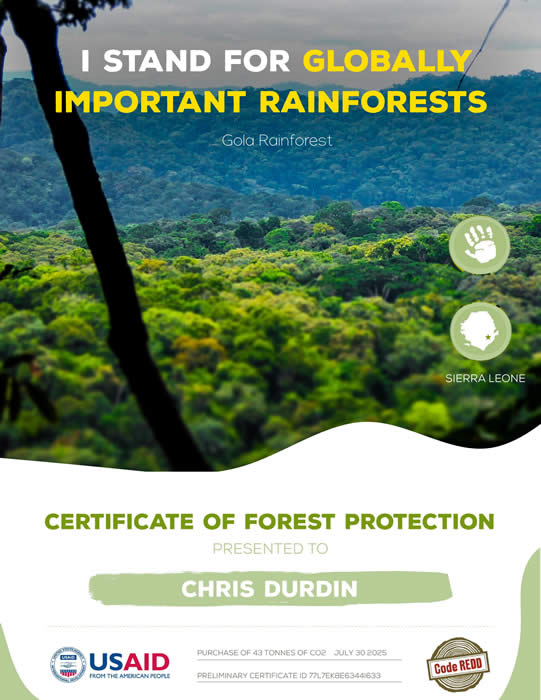News
A record conservation donation from Honeyguide, late 2025
In November 2025, Honeyguide made our biggest single donation ever to a conservation project overseas. That donation, of £5,920, went to the current campaign by SPEA (BirdLife Portugal) to create a nationwide network of bird sanctuaries. This donation – €6,578.67 when received by SPEA in Portugal – was unusually high. Each group member’s conservation contribution was supplemented by Gift Aid, for those eligible, our usual routine. There was an additional donation + Gift Aid. The major boost came from a legacy of £5,000 left to the Honeyguide Wildlife Charitable Trust by the late John Durdin.
Total donations in 2025 were £9,800 (£5,705 in 2024, £4,530 in 2023), bringing the total for all conservation contributions through Honeyguide since 1991 to £165,317. More information in this blog: A record conservation donation from Honeyguide in 2025.
Algarve and Alentejo, November 2025
Honeyguide’s sixth trip in autumn combining the Algarve and part of Alentejo enjoyed lots of warm and sunny weather and some fine wildlife. Previous holidays used two centres, Alte in eastern Algarve followed by two nights in Vila do Bispo in the west, but this year we chose to stay all week at Alte Hotel, which worked well. Two species proved especially popular: roosting long-eared owls at close quarters in Castro Verde, and chameleons, plural – we were lucky to find two this year. The supporting cast included azure-winged magpies, purple swamp-hen, Bonelli's eagles and all the autumn-flowering specialities, such as autumn crocus and Narcissus serotinus. Holiday report: Algarve & Alentejo 2025. Photos on Facebook.

Long-eared owl (John Croft), purple swamp-hen (Ann Greenizan), Narcissus serotinus.
Rhodope lily 2025
Vladimir Trifonov, our guide in Bulgaria's Western Rhodopes, has sent his annual report on monitoring the rare Rhodope lily Lilium rhodopaeum at the site that our groups visit. There were 160 flowering lilies this year, which is many more than there were ten years ago, but quite a dip from last year’s record count of 596. Numbers do vary from year to year, though Vlado says that a lack of grazing and mowing has led to too much competing bracken and false helleborine. There are plans to tackle this under-management of the meadow before next year’s growing season. Vlado's report is here. There are places available on the Bulgaria's Western Rhodopes holiday in June/July 2026.
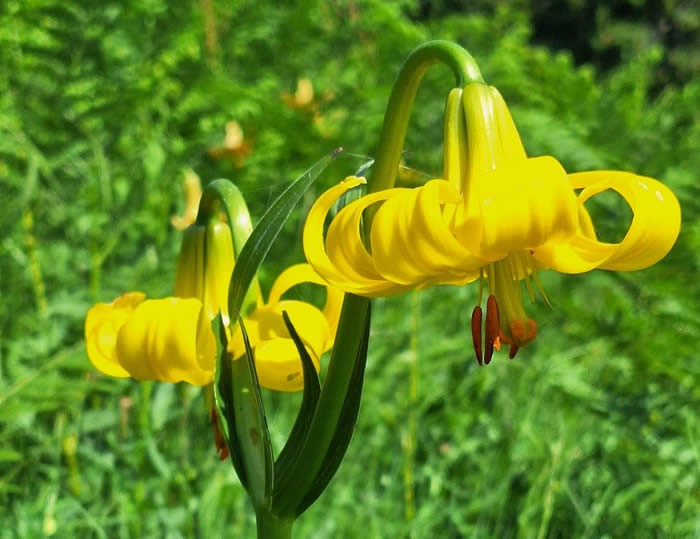
Lilium rhodopaeum, 29 June 2025 (Vlado Trifonov)
Picos de Europa, June 2025
"Could write a book" was one comment as we collected holiday highlights. The mix of lovely meadows, abundant butterflies (59 species) and lots of birds, including close to the hotel in Boca de Huérgano, all help to explain why this holiday has run four years in a row. The high alpine experience of Fuente Dé is always enjoyed, and this year all the 'star' birds showed, including rock thrush, alpine accentor and snowfinch. Ibex is a mammal we don't usually see but did find this year; chamois are more reliable. More photos on Facebook. Holiday report here: Picos de Europa 2025.
Trumpet gentians, Duke of Burgundy, Black-veined white moth.
Ibex (Pau Lucio)
South of Salamanca, May 2025
Honeyguide's second South of Salamanca group had weather more akin to an English spring than what you might expect in Spain, yet still found a great deal of the area's wildlife, often around the villages characteristic of the area, including our base at Salvatierra. Birds of prey were especially rich, including Montagu's harrier, black vulture and booted eagle. Other birds included bee-eaters, hoopoes, golden orioles, large numbers of nightingales and more. The 'wonderfully quiet, rich countryside' had a huge range of flowers, including champagne orchids. There was enough sunshine for some 20 butterfly species. Holiday report: South of Salamanca 2025.
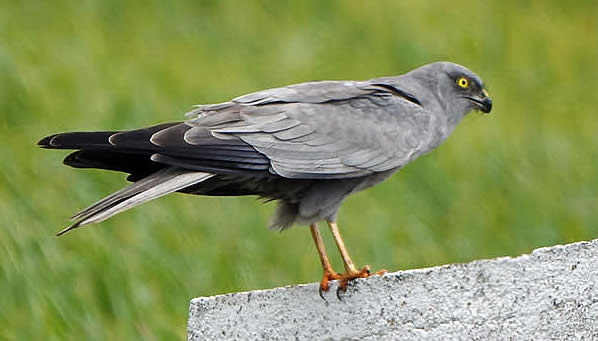

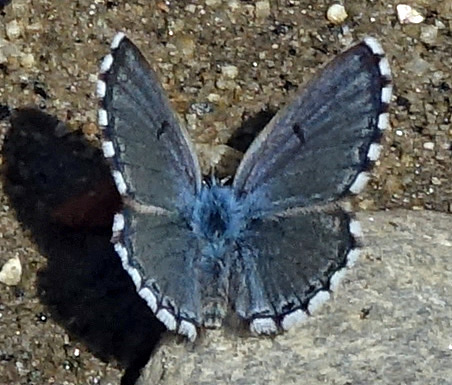
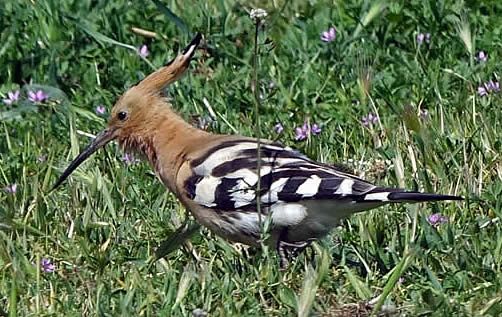
Top: male Montagu's harrier; Ornithogallum concinnum. Below: panoptes blue, hoopoe at Salvatierra. Photos by Vega Bermejo.
Spanish Pyrenees, April/May 2025
The group reports "a wonderful and very successful week" with guide and host Peter Rich in the Spanish Pyrenees. Unusually, the holiday started in a new place for Honeyguide, with two nights in Olite, a "very attractive historic town", visiting tablelands/steppe ("amazing landscape" though the special birds were elusive) and the wetland at Laguna de Pitillas where there were red-crested pochards, black-necked grebe, purple heron, black tern, stilts and plenty more, including a booming bittern. The main part of the holiday was based at Casa Sarasa in Berdún, featuring various visits into the lowlands and highlands of the Pyrenees.
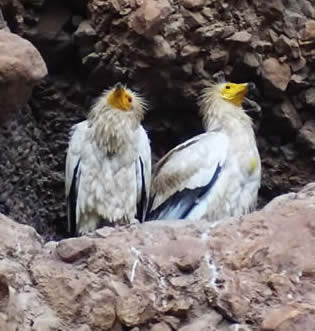
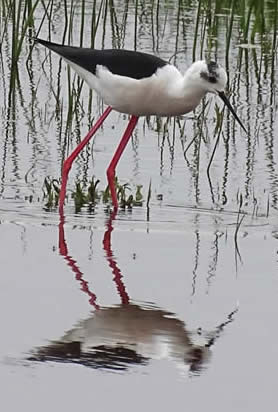
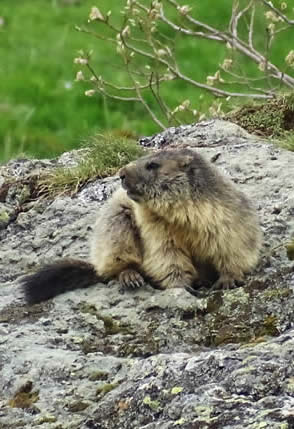
Egyptian vultures, black-winged stilt, alpine marmot. Photos and quotes above from Honeyguider Everard Daniel.
Menorca, April 2025
The weather was kind, there was a great variety of flowers, invertebrates, local birds and much more on this lovely island, just a little slow on migrant birds in the western Mediterranean (e.g. compared with Crete). The group met GOB Menorca and the story is told in Honeyguide and GOB Menorca, a blog. Ivan Nethercoat's photos are here on Flickr and there are many more photos on Spring in Menorca 2025: a photoblog, on Chris Gibson Wildlife. Holiday report here: Menorca 2025.
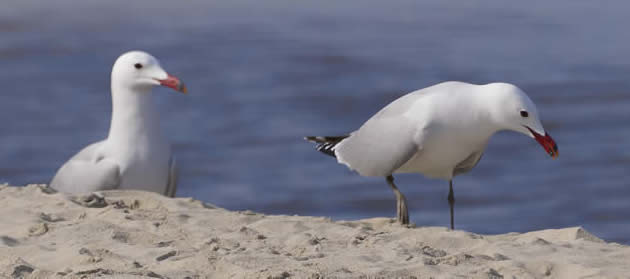
Audouin's gulls (Ivan Nethercoat)
Crete, April 2025
Judging by the fields of wild flowers, Crete had a wet winter, with spreads of colour as well as individual species that impressed. These included 25 species of orchids and perfect timing for tulips on Omalós Plateau and Spili 'Bumps'. Bird migration was steady, including collared flycatcher, bee-eater, golden oriole, turtle dove, marsh sandpiper, a very confiding little stint in Plakias for several days and a big flock of purple herons. Bonelli's eagles showed on five days, and we saw two golden eagles over Omalós. Photos on Facebook.
Cistus creticus, eastern dappled white, bumblebee orchid.
Morocco, March 2025
The winters are dry around Atlas Kasbah, near Agadir, more often than not, though this year's Morocco holiday had a twist: rain arriving in March. Fortunately for the Honeyguide group, when rain fell it was in the evenings and nights. Flowers were affected, though more came out during the week. There were as many birds as ever, not least reliable Moroccan specialities at our base such as bulbuls, house buntings at Moussier's redstart. One of the star birds in this area is also one of the rarest in the Western Palearctic: the northern bald ibis. They are getting easier to see as conservation efforts - supported by Honeyguide - help their numbers increase; 177 pairs in 2023 is a recent count. Other highlights included African green toads, taking advantage of recently flooded areas, the whole Atlas Kasbah experience, including the 'tea ceremony' and Moroccan cookery course, and friendly people everywhere. More photos on Facebook and on Flickr by Mervin Nethercoat. Report here: Morocco 2025.
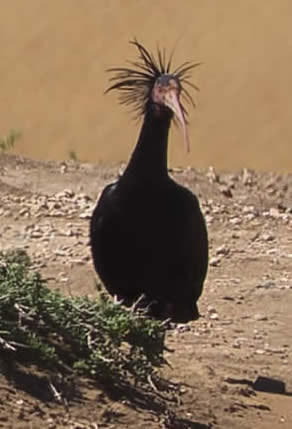
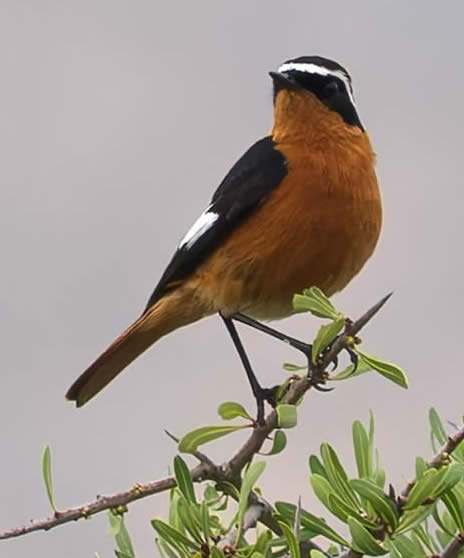
Cistanche phelypaea; bald ibis and Moussier's redstart (Mervin Nethercoat).
African green toad, with toad spawn.
Extremadura, March 2025
The rain in Spain, like nearby Morocco, was also encountered by our group in Extremadura in March, though only some of the time and there were fine days at the end. It didn't seem to dampen the group's spirits, who were able to enjoy the usual wonderful range of birds with Martin Kelsey as host and guide. Highlights included hundreds of naked man orchids (the weather will have helped the flowers), a confiding woodchat shrike, an aerial dogfight between a black vulture and a Spanish imperial eagle, and the various distinctive landscapes, including dehesa. More photos, by David Bennett, on Flickr; here is the Extremadura 2025 holiday report.
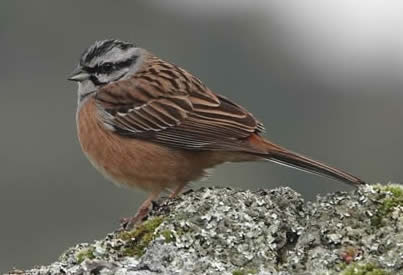
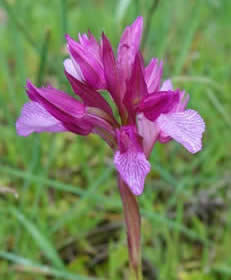
Rock bunting and pink butterfly orchid (Martin Kelsey).

Aerial dogfight between a Spanish imperial eagle (left) and a black vulture (Martin Kelsey).

Bird mural at Saucedilla (Martin Kelsey).
Have I got old news for you? . . . News 2024 . . . News 2023 . . . News 2022 . . . News 2020-21 . . . News 2019. . . News 2018 . . . News 2017 . . . News 2016 . . . News 2015 . . . News 2014 . . . News 2013 . . . News 2012 . . . News 2011 . . . News 2010 . . . News 2009 . . . News 2008 . . . Back to top of this main news page



